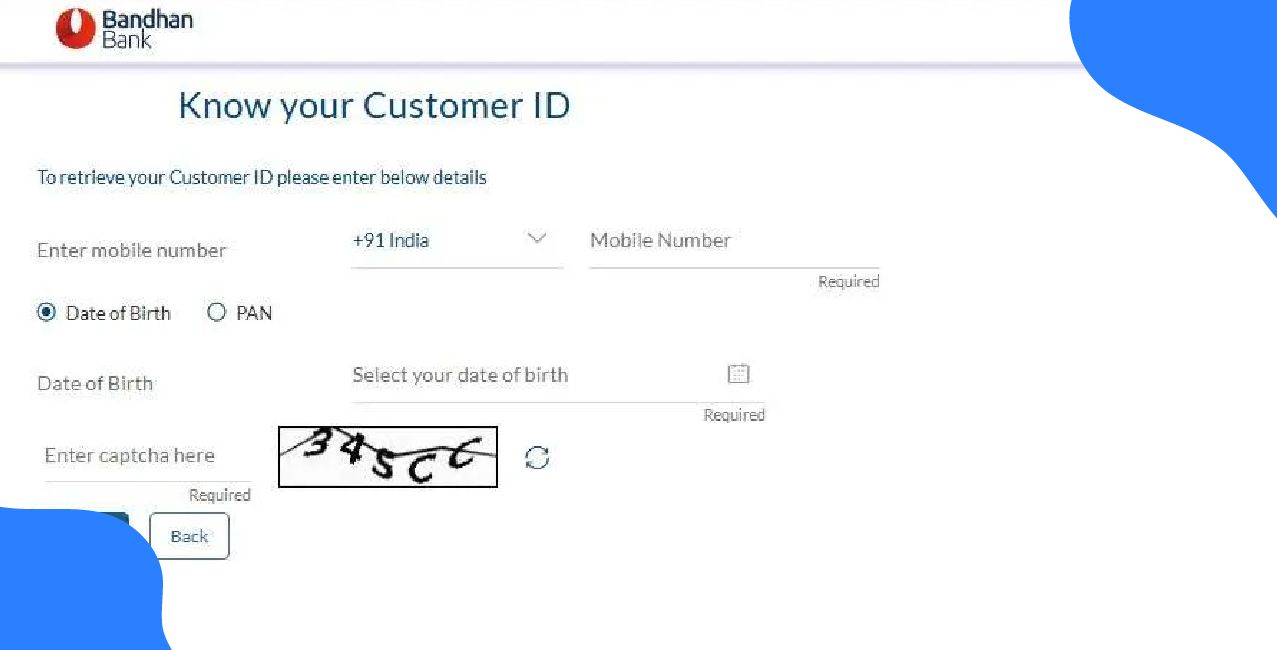
Author
LoansJagat Team
Read Time
5 Min
07 Jul 2025
Why Startups Are Struggling to Get Business Loans in 2025
Why can’t Indian startups get easy bank loans even in 2025? Every year, thousands of startups launch with hope, hustle and heart. But when it comes to funding, most still hit a wall. The sad part? Even in 2025, banks are still not lending enough. That too when startups are the backbone of India’s economy.
Let’s understand what’s really stopping the flow of funds, and what can be done better. You’ll get numbers, examples, Indian case studies and practical explanations.
The Real Problem: Why Indian Banks Still Avoid Startups
Startups in India are not short on ambition. But banks are short on trust. That’s the real problem. Most Indian banks still see startups as “too risky.” They want security. They want profit. Startups don’t come with both.
Even after government pushing through loan schemes, guarantee programs, interest subsidies—lenders are still not confident.
Here’s where it goes wrong:
- Banks want physical collateral. Startups don’t have that.
- Financials are thin. Most founders are first-timers.
- Credit rating? Not yet built.
- Cash flow? Still unstable in early months.
Banks are used to salaried customers or old-school SMEs. Startups run on tech, ideas, scal, not factories and machinery. This mindset mismatch is hurting India’s new-age entrepreneurs.
Even worse, banks prefer funding post-Series A or B funded companies. But what about early-stage founders in Tier 2 or Tier 3 cities? They keep getting ignored.
Loan Demand vs Loan Disbursal
This shows how the rejection rate is still very high, despite growth in applications.
Government Credit Schemes Are Not Working as Expected
Yes, there are schemes like:
- Credit Guarantee Scheme for Startups (CGSS)
- PMEGP
- MUDRA Yojana
- Startup India Seed Fund
But here’s the catch: these schemes sound good on paper. Reality? Banks still say no. And here's why:
- Complex Paperwork
Founders struggle with forms, KYC, documentation, income tax returns. Banks won’t even consider your application without perfect documents.
- Eligibility Filters
Most schemes expect you to have GST-compliant filings, 3 years of business records, no past defaults. But fresh startups rarely tick all boxes.
- Slow Processing
Applications get stuck for weeks. Sometimes, they just don’t get processed at all.
- Limited Coverage
For example, under CGSS, loans up to ₹20,00,000 are covered. But banks still fear the remaining exposure.
Government Scheme Comparisons
So while support exists, most founders just give up in the middle due to delays or confusion.
Real Indian Startup Example: What Loan Means
Let’s take a real case:
- A Surat-based SaaS startup applies for a ₹5,00,000 loan under MUDRA.
- Loan approved: ₹4,50,000
- Processing time: 28 days
- Monthly EMI: ₹9,300 (for 5 years at 12% interest)
- Business use: Server upgrade, developer salary, branding
Did it help? Yes. But the founder said—“If it took longer, I would’ve shut shop. I had just 1 month of cash left.”
What Banks Actually Want Before Lending
Let’s stop guessing. Here’s what Indian lenders really expect:
Read More – Centre Doubles Credit Guarantee for Startups to ₹20 Crore
Startups without these are mostly rejected at the document level. No one even reads the pitch deck.
How Startups Can Still Secure Funds
All is not lost. Some smarter paths exist. Try these:
- Apply for unsecured NBFC startup loans
Companies like LendingKart, Kinara Capital give fast approvals.
- Use invoice discounting
If you serve corporates, get early cash from your bills.
- Collateral substitution
Use gold, FDs or property of relatives for security.
- Co-applicant method
Partner with a co-founder or family member with good credit.
- Build fintech history
Take small credit lines, repay fast, build your credit score.
What Startups Should Do Now
- Build basic financials in Tally or ZohoBooks
- Hire a CA on retainer, not just tax season
- Register under Udyam and Startup India portal
- Link GST, IT, PAN, Aadhaar—get digital ready
- Maintain 1–2 year track record before applying for big loans
- Start small—don’t go for ₹20,00,000 if you’ve never borrowed ₹2,00,000
Sector-Wise Startup Lending Examples
Conclusion
It’s time for a mindset shift. Banks can’t treat startups like traders or factory owners. They need to assess business ideas, market demand, founders' ability.
Also Read - How to Invest in Indian Startups in 2025 – Complete Guide
The process must be:
- Simpler
- Faster
- Founder-friendly
Until then, India’s startup potential will remain under-used. Founders must stop chasing just big VCs and instead build credibility to access formal finance.
FAQ’s
1. Can a startup with no revenue get a loan in India?
Yes, but it’s hard. You’ll need a co-applicant, collateral or apply through MUDRA or fintech lenders who don’t ask for revenue proof.
2. How much EMI do I pay for a ₹10,00,000 startup loan?
For 5 years at 11% interest, EMI will be approx ₹21,742/month. It depends on tenure, interest and bank type.
3. Which banks are more startup-friendly in India?
Private banks like ICICI and Axis are better. Public banks are slower unless you're part of a govt scheme. NBFCs are fastest.
4. How can I improve loan chances as a solo founder?
Register under Udyam, file regular ITR, repay any small loans first, and get GST compliant. These improve your credit trust.
5. What are alternatives to business loans for Indian startups?
Try invoice discounting, crowdfunding, family loans, revenue-based financing or digital working capital credit lines.
About the Author

LoansJagat Team
‘Simplify Finance for Everyone.’ This is the common goal of our team, as we try to explain any topic with relatable examples. From personal to business finance, managing EMIs to becoming debt-free, we do extensive research on each and every parameter, so you don’t have to. Scroll up and have a look at what 15+ years of experience in the BFSI sector looks like.

Quick Apply Loan
Subscribe Now


